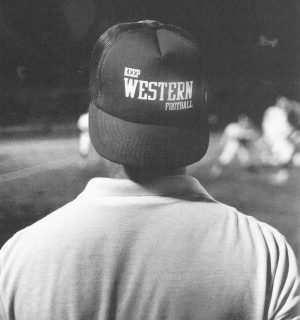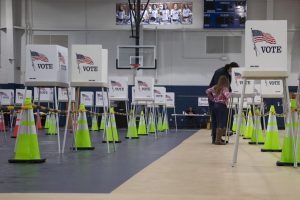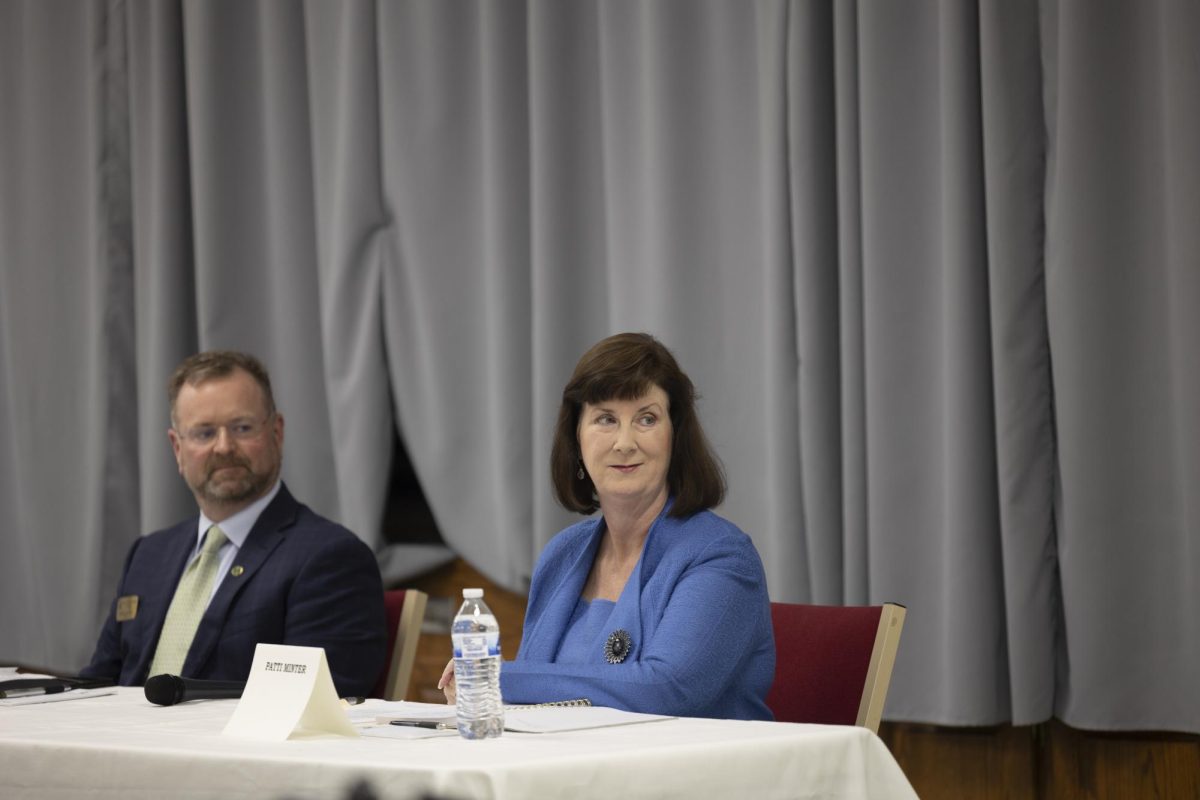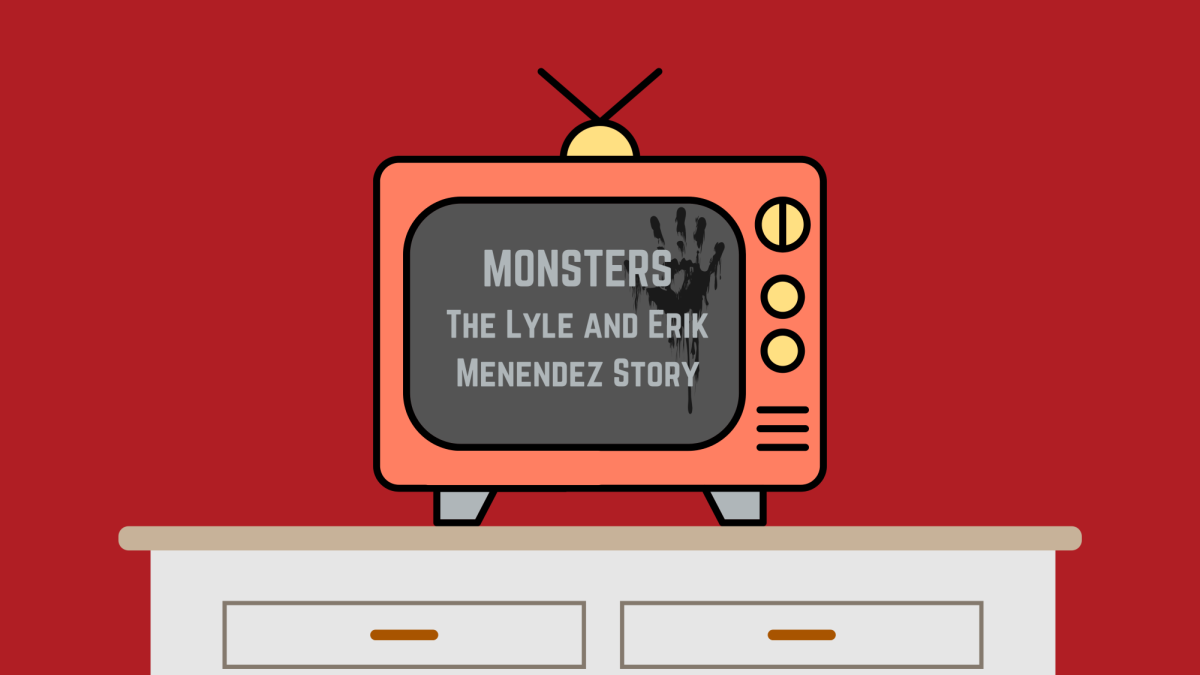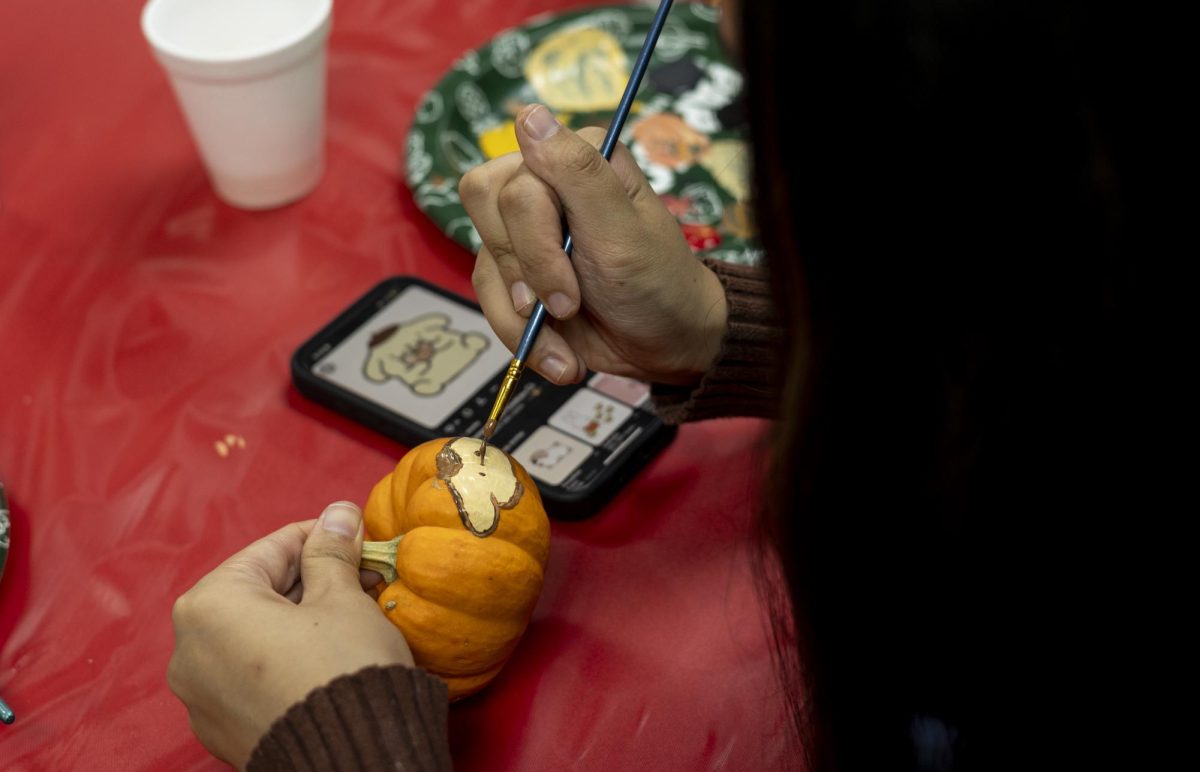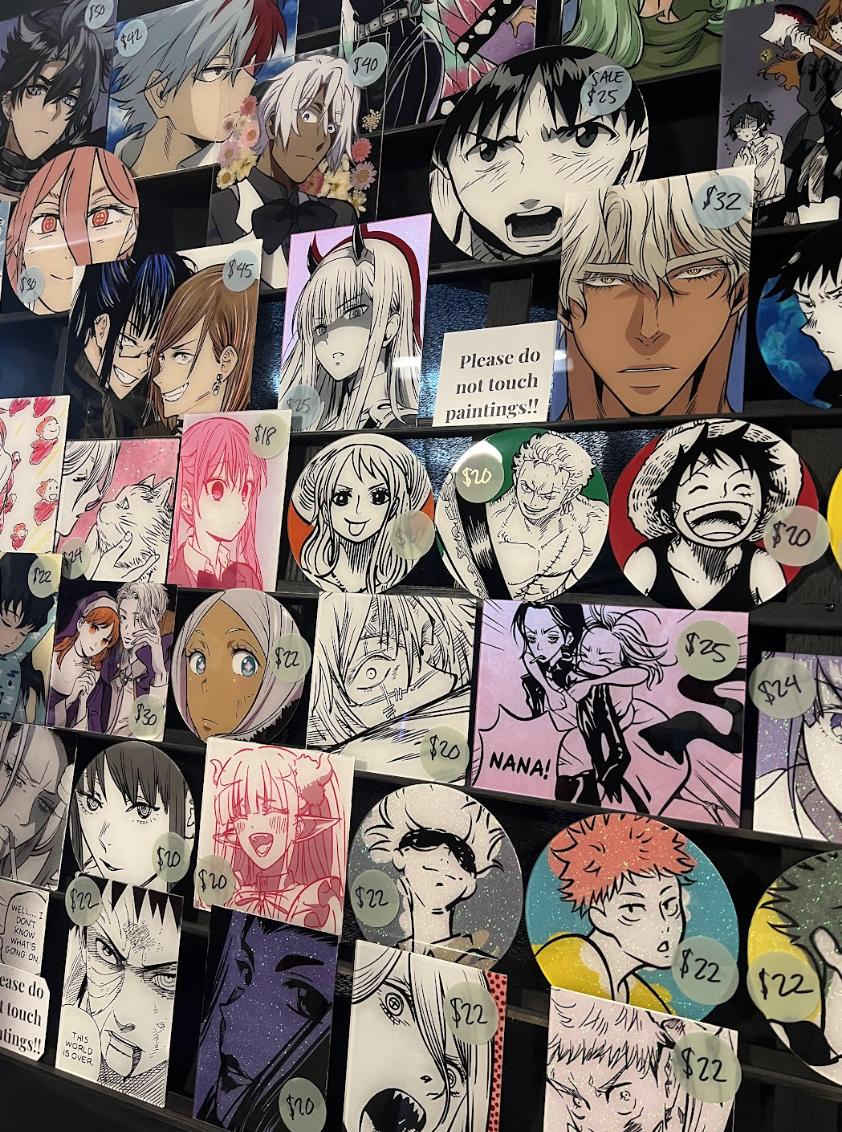Students learn about Cherokee culture at Kentucky Museum
October 18, 2012
Chants filled the air as seven Native Americans members of the Cherokee tribe danced in front of a large group of students at the Kentucky Museum on Thursday.
Seven members of the Cherokee Oconaluftee Indian Village located in Cherokee, North Carolina came to WKU to give a presentation on Cherokee culture and history. WKU students and elementary students among others came to the morning presentation.
During the beginning of the presentation, the performers reenacted several dances that were a part of Cherokee history. The Quail Hunter’s dance, which told the story of an eagle hunting quail, featured the dancers moving their arms in rhythm like a bird.
In another dance, the Cherokee tribal members asked members of the audience to join them in what they called the Friendship dance. Members of the audience laughed as the group danced in a circle and then marched around the room holding hands.
Several other stations were set up after the dance to demonstrate various aspects Cherokee life. The elementary students attending the event were split into groups and took turns visiting the different stations.
One of the stations was run by Martha Sampson, a Cherokee tribe member who taught students about basketry.
Most of the work in basketry comes from gathering and preparing material, Sampson said. The rivercane and white oak the Cherokee weave with must be cut, scraped and dyed before it can be worked into a shape.
While white oak is common in North Carolina, Sampson said much of the rivercane they use comes from Kentucky.
Another station led by Mike Crow was on the importance of body piercings in Cherokee culture. According to Crow, piercings are a sign of status in their culture. Crow himself has gaged ear piercings and a clip on septum piercing as well.
Crow also told students about a game called A ne jo di, or Stickball. He explained the game is very much like lacrosse, in that two teams try to score points by hitting a pole with a ball using a wooden stick. In the past, Stickball was used as a way to settle disputes between two tribes.
Crow said the tribes would take the game very seriously.
Christy Spurlock, Education Curator at the Kentucky Museum, said the group first gave their presentation at WKU in 2010. Spurlock said she organized the event after she met Cherokee native Linda Squirrel at an event in Hopkinsville.
“She and I got to chatting and then we started corresponding,” she said. “That’s how we got this company with us here in 2010.”
According to Spurlock, the reaction to the Cherokee Experience has been great. She said that the phone “started ringing off the walls” when the museum started advertising the event to school groups.
“Teachers want to bring their students here because there’s not that much on Southeastern Native American culture,” said Spurlock.
Somerville, NJ graduate student Joe Ward volunteered to be a tour guide for the Cherokee experience. Ward said he thinks kids attending the event enjoyed it very much.
“I think most of them really like it,” said Ward. “They had a lot of questions for the gentleman at the cultural station.”
Georgetown senior Terry Vinegar was an audience member, not a guide. Vinegar said he enjoyed it with the students.
“It’s a nice way to learn about different cultures and the different ways they do things compared to the way we do things today,” he said.




